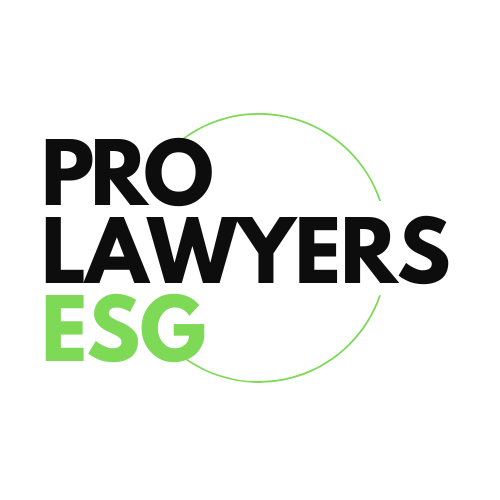This is a guest post published by Jonathon Bray that was first published in March 2023 here.
We often get asked by law firms about ‘employee screening’. What do we need to check? How far do we need to go?
Regulated law firms are responsible for those they employ. And by extension so are the partners, LLP members or directors.
Employee screening is not an easy process to systemise because it touches on a few different areas, including professional regulation, AML rules and the usual pre-employment checks. It is complicated by the fact that checks may be different depending on the qualification of the individual and which department they will be working in, as well as the firm’s own recruitment policy.
PROFESSIONAL REGULATION
As an absolute minimum, firms have to ensure that their team is qualified for their role and permitted to work in a regulated environment.
On the first point, you should clearly have sight of a recruit’s practising certificate (or equivalent) where they are being held out as a lawyer. For foreign lawyers that might involve translations.
You should check the lawyer’s regulated status, including whether they are suspended or struck off. For solicitors of England and Wales that is straightforward (see Check a solicitor’s record – the SRA register should be preferred to the Law Society’s ‘Find a solicitor’ service as it includes disciplinary information.)
Any practising conditions need to be carefully considered.
For lawyers regulated elsewhere (e.g. CLC), the equivalent checks will need to be made.
For non-qualified staff, you should also check whether there are any disqualifications made under s99 Legal Services Act. They can be made by any of the frontline regulators or their disciplinary arms.
Probably the best resource is the official Legal Choices website, which aggregates disciplinary records from all the legal regulators.
For larger firms, you may find that the regulators will help screen the entire staff list.
AML RULES
For those firms within the scope of the Money Laundering Regulations, there is a requirement to conduct employee screening on ‘relevant employees’.
That means lawyers and non-qualified staff involved in conveyancing, private client and other transactional departments or those brought within the scope of MLRs in any other way such as accounts staff. It will include anyone who contributes to the firm’s AML compliance.
It is not a one-time job either. The firm has to conduct screening ‘both before the appointment is made and during the course of the appointment’. How often and how far you go will largely depend on your firm-wide risk assessment, internal policies and perhaps future official guidance.
What does screening involve? Checking regulatory records will go a long way, but you may also need to do DBS checks (formerly known as CRB). Some firms also run their relevant employees through an ID verification tool such as Thirdfort. And of course, the usual pre-employment checks will help too.
In addition to this, any new owners, directors/partners or equivalent and ‘officers’ (such as COLP, COFA, MLRO) will need separate authorisation from the regulator under their money laundering supervision remit. The SRA calls these beneficial owners, managers and officers ‘BOOMs’ (an acronym devised in the pub if ever we heard one). Authorisation applications will need a recent DBS check.
PRE-EMPLOYMENT CHECKS
Most firms will have formulated a process for the standard pre-employment check they undertake. This might include:
- DBS checks
- Reference checks (telling porkies on a CV is prima facie evidence of dishonesty, a career-ender)
- Medical screening
- Right to work documents
Bear in mind that firms with accreditations (such as CQS) might be required under the accreditation scheme to take prescribed steps when recruiting.






